Remember when neighborhoods weren’t just places where you lived, but entire worlds unto themselves? Before smartphones and GPS, we navigated our childhood terrain by landmarks and collective knowledge, creating mental maps that still bring comfort decades later. Every neighborhood had its own personality, but certain fixtures were universal—these were the touchstones of American neighborhood life from the 1950s through the 1970s that formed the backdrop of our formative years.
1. The Corner Store
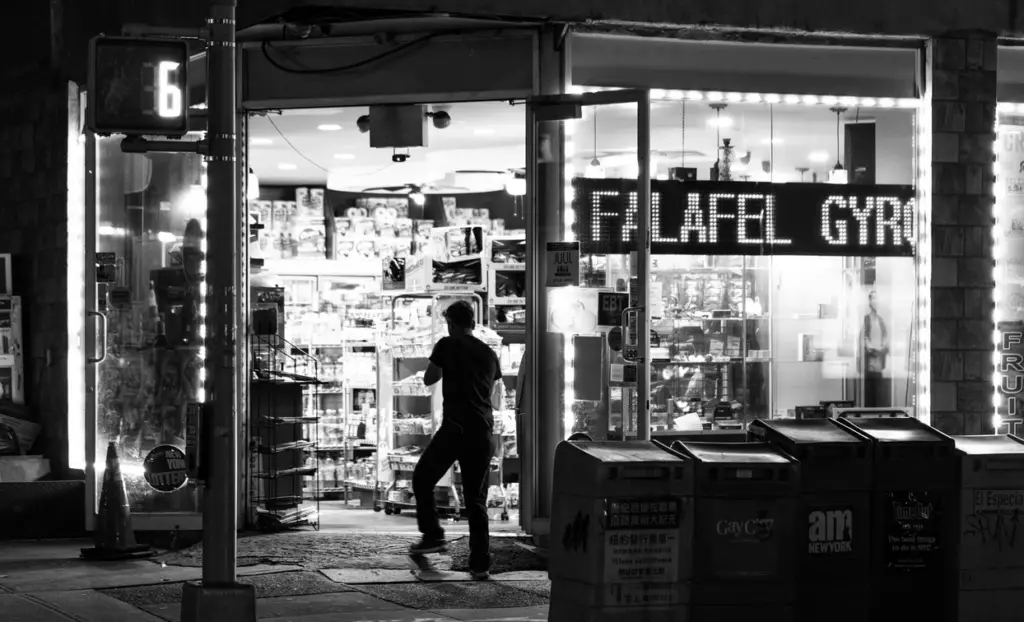
Every neighborhood had that magical corner store where penny candy actually cost a penny and the owner knew your name, your parents’ names, and probably your dog’s name too. Glass jars filled with colorful sweets lined the counters, promising a sugar rush for just the change you found in the couch cushions or earned from returning pop bottles. In recent years, amidst a swell of nostalgia for decades gone by, Bloomberg has reported that the corner convenience stores have been enjoying a comeback, and this one is most welcome.
The corner store was more than just a place to buy goods; it was a community hub where neighborhood news traveled faster than any telephone party line ever could. Kids congregated outside on hot summer days, counting coins for popsicles while adults exchanged pleasantries and caught up on local happenings. The bell above the door announced everyone’s arrival, a small but meaningful soundtrack to neighborhood life.
2. The House Everyone Avoided
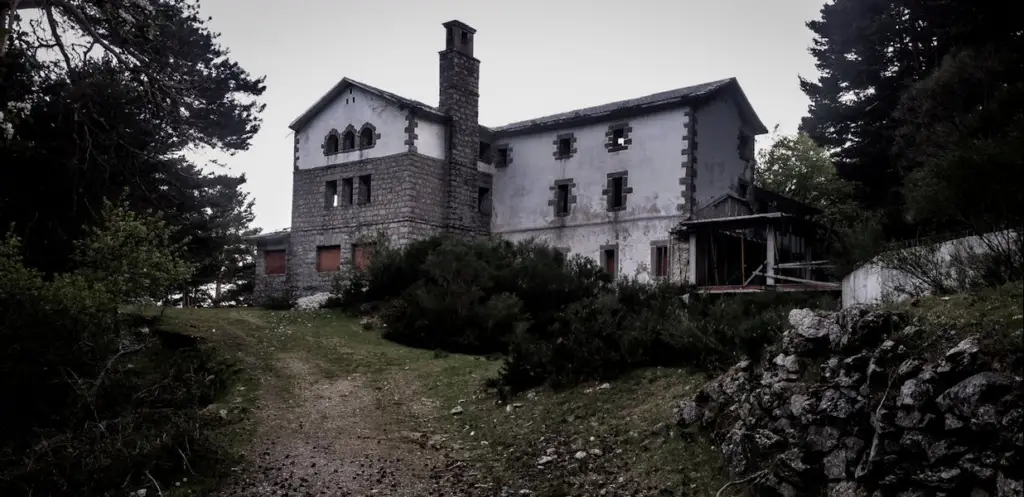
Each neighborhood had that one mysterious house that sparked wild speculation among local children—the one with overgrown grass, peeling paint, and windows that seemed to watch you as you hurried past. Urban legends about the occupants spread through childhood whispers, growing more elaborate with each retelling until the truth was buried beneath layers of imagination. Policies vary from parent to parent when it comes to letting the kids roam freely these days, as explored by Outside Magazine, with some finding it a perfectly safe necessity while others harbor deep concerns for their children in today’s world.
Parents would casually suggest “staying away from that old place,” which only intensified its forbidden allure. The bravest child who dared to retrieve a wayward ball from the property became an instant neighborhood legend, returning with exaggerated tales of narrow escape. Years later, many adults learned that the feared house often contained nothing more sinister than a reclusive elder or someone struggling with illness—a lesson in compassion that came with maturity.
3. The Best Climbing Tree
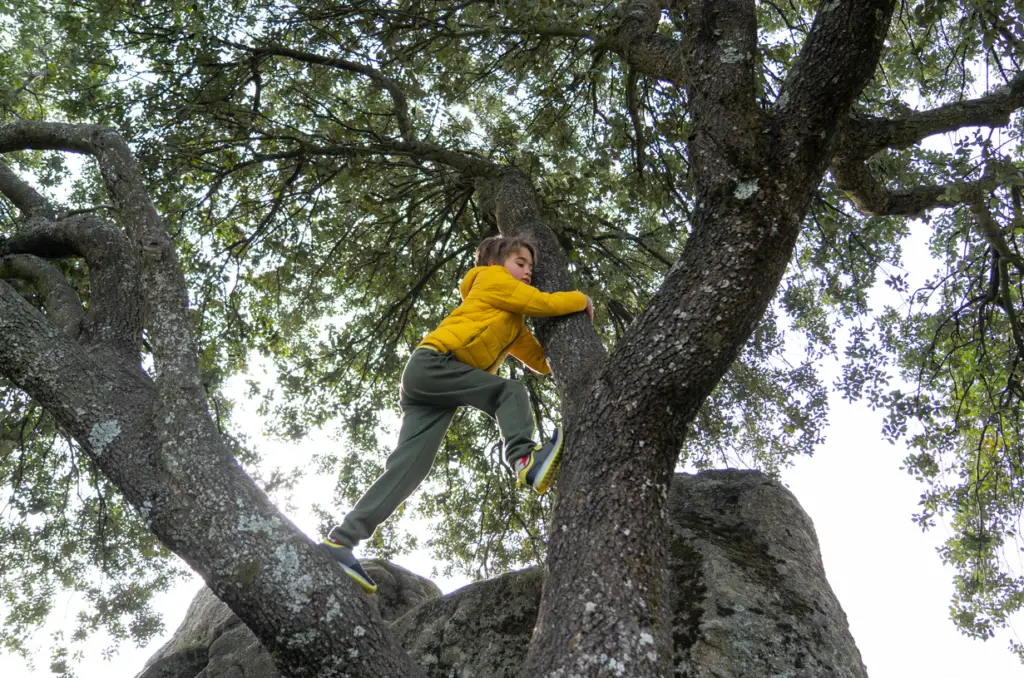
Long before elaborate playground equipment filled every park, neighborhoods boasted that one perfect climbing tree with low, sturdy branches arranged like a natural ladder to childhood heaven. Everyone knew which tree offered the best climbing experience, with branches spaced perfectly for small hands and feet to navigate upward toward leafy hideaways. These days, Rain or Shine Mamma pushes parents to quiet their reservations and let their kids climb trees, while other parents still worry for the grave danger the practice can put their children in.
This arboreal sanctuary served multiple purposes: lookout post, clubhouse, thinking spot, and occasional refuge from angry siblings. The hierarchy of neighborhood status was sometimes measured by how high you dared to climb, with older kids claiming the highest, most precarious perches. Many adults can still feel the rough bark against their palms and the exhilarating mix of fear and triumph upon reaching a new personal height record.
4. The Ice Cream Truck Route
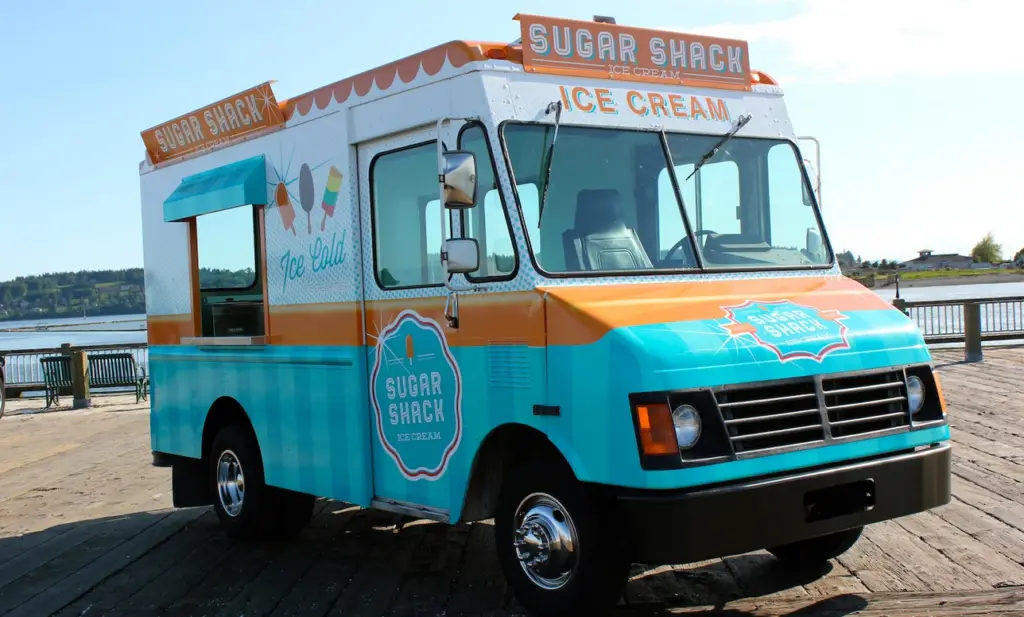
The distant jingle of the ice cream truck created an instant Pavlovian response—kids dashing home at Olympic speeds to beg for change before the musical vehicle completed its slow journey down your street. Every child knew the exact route and approximate timing, creating an informal neighborhood schedule around the appearance of this mobile dessert paradise.
The ice cream man himself achieved near-mythical status in children’s minds, a gatekeeper to frozen treasures who somehow never aged or changed. Arguments about which treat offered the best value for your quarter were serious business, with strong opinions about whether rocket pops, chocolate eclairs, or those ice creams with gumball eyes were the superior choice. The inevitable race against melting ice cream on a hot day united children in sticky-fingered camaraderie.
5. The Shortcut Everyone Used

Between every neighborhood destination ran informal pathways—cuts through vacant lots, gaps in fences, or narrow passages between buildings that shaved precious minutes off your journey. These weren’t marked on any official map, but every local child could draw them from memory, complete with landmarks like “the big rock” or “Mrs. Johnson’s rosebush.”
These shortcuts formed a secondary transportation network known only to neighborhood insiders, paths discovered by curious explorers and shared through oral tradition. Traversing these routes often involved minor adventures: dodging puddles, navigating around territorial dogs, or timing your passage to avoid being spotted from certain windows. Adults rarely used these paths, creating a child-centric geography that existed parallel to the official street grid.
6. The Neighbor Who Fixed Everything
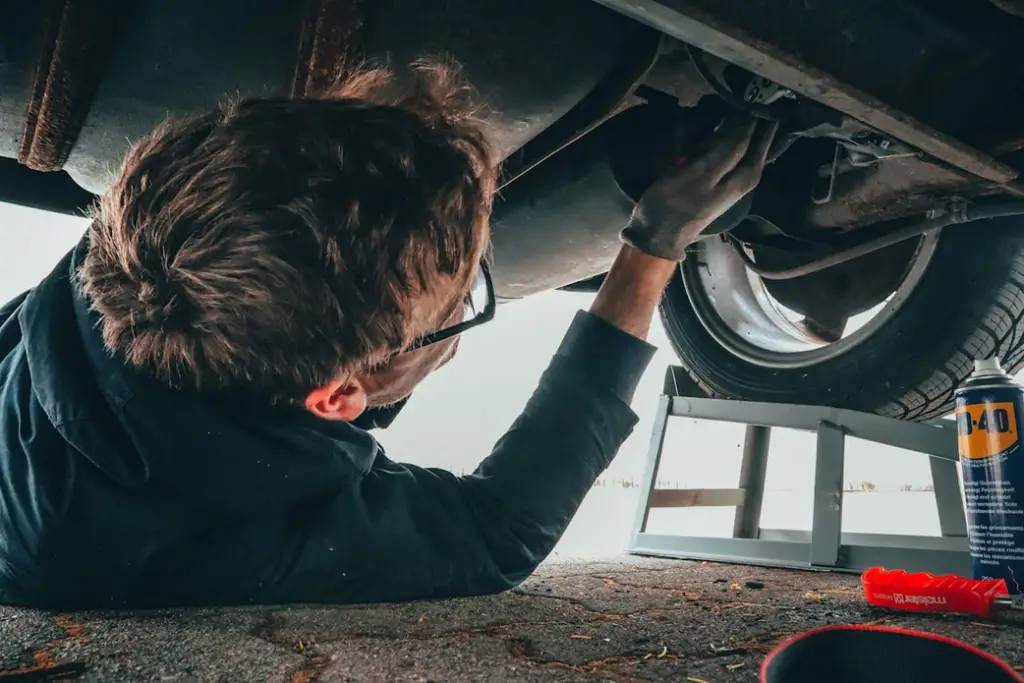
Every neighborhood had that one mechanically inclined resident whose garage door was perpetually open, revealing a workshop where miracles of repair took place. This local fix-it person could resurrect dead bicycles, mend broken toys, and solve mechanical mysteries that left other adults scratching their heads in confusion.
Children learned quickly that bringing a broken treasure to this neighborhood wizard might result in its resurrection, often accompanied by an impromptu lesson in how things worked. The fix-it neighbor typically refused payment beyond a “thank you,” occasionally accepting cookies or a cold drink while working magic with tools that seemed extensions of their own hands. Many baby boomers trace their practical knowledge of how mechanical things work to these patient neighborhood experts who never turned away a child with a broken toy.
7. The Best Sledding Hill
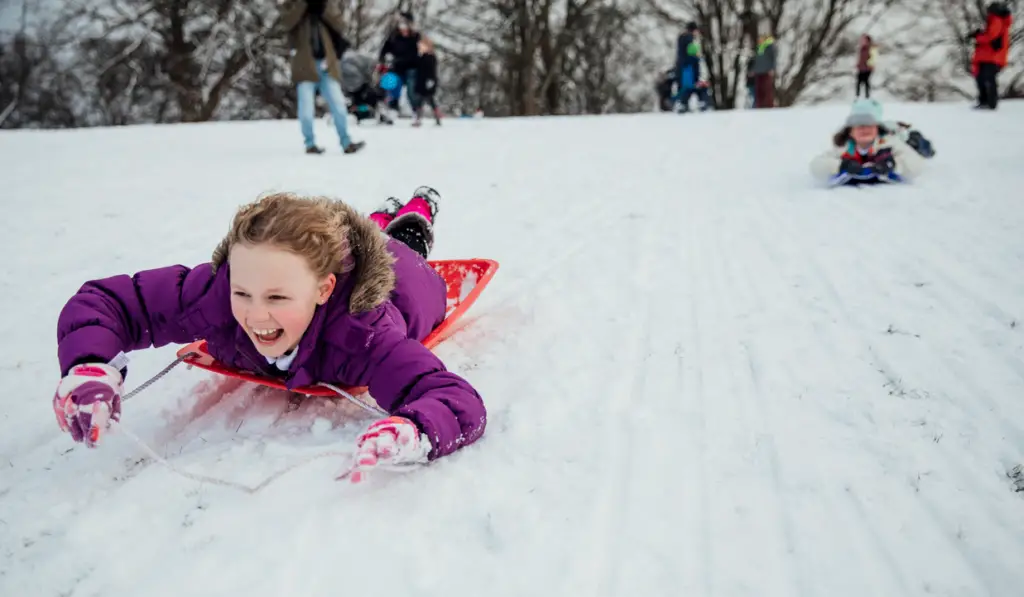
When winter blanketed the neighborhood in white, everyone automatically congregated at the one perfect hill that offered the ideal combination of steepness, length, and relative safety. School cancellations meant this spot would be busy from morning until dusk, with sleds, cafeteria trays, cardboard boxes, and anything else that might slide downhill.
The unofficial sledding hill sometimes wasn’t even in a park—it might be a street that rarely saw traffic or part of someone’s accommodating property. Multiple tracks would form throughout the day: the daredevil path with the jump at the bottom, the beginners’ route with a gentler slope, and the speed run for those seeking distance records. The sound of laughter mixed with the soft shush of runners on snow created winter’s soundtrack in neighborhoods across America.
8. The Empty Lot Baseball Diamond
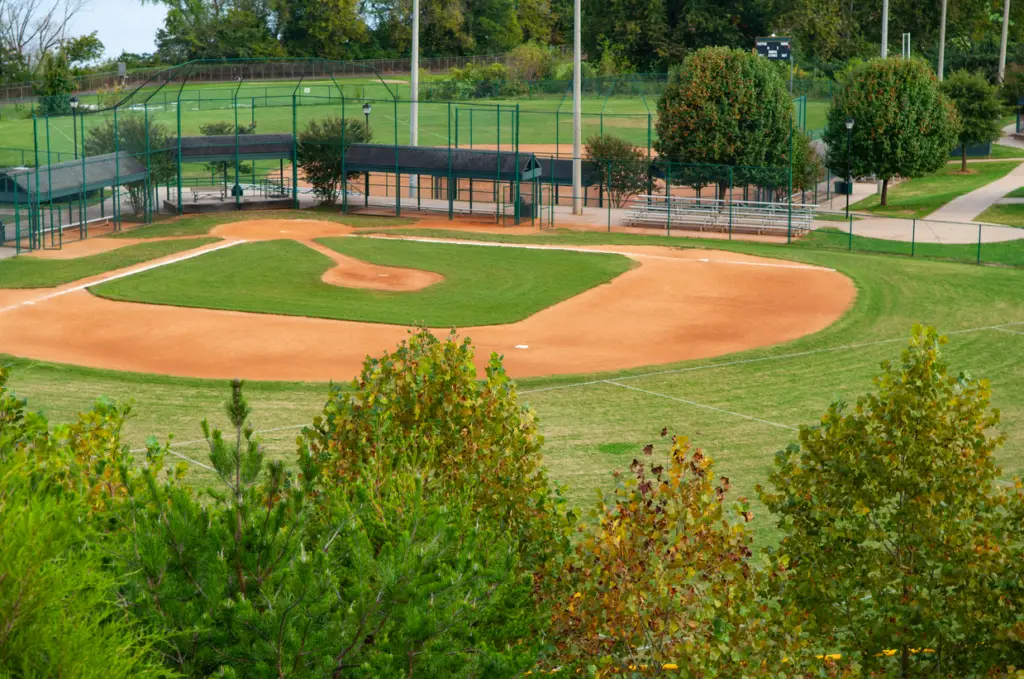
Long before organized sports dominated children’s schedules, every neighborhood had an empty lot that transformed into a baseball field through nothing more than collective imagination and whatever objects could serve as bases. Rocks, pieces of cardboard, or someone’s jacket marked the bases, while rules flexed to accommodate the number of players available and local terrain quirks.
These impromptu fields hosted generations of pickup games where teams formed through complex negotiations rather than coach assignments. Ghost runners, automatic outs for breaking windows, and heated debates about whether someone was safe or out were part of the experience. The familiar cry of “Car!” would pause play momentarily while everyone retrieved equipment from the makeshift playing field, only to resume moments later exactly where they had left off.
9. The House With a Pool

During sweltering summer months, no neighborhood resident held more social currency than the family with a backyard pool, even if it was just the above-ground variety. An invitation to swim transformed ordinary kids into temporary celebrities, while the pool owners’ children learned valuable lessons about friendship versus popularity.
Pool houses generally operated under unspoken reciprocal arrangements—the family provided the water playground while guests’ parents occasionally supplied popsicles, pool toys, or pizza. The unique sounds of splashing, Marco Polo calls, and parents warning “no running!” created summer’s background music, while the smell of chlorine and coconut suntan lotion formed its distinctive perfume. Many childhood friendships were cemented during these pool days, when waterlogged fingers and blue lips signaled it was finally time to go home.
10. The Candy House at Halloween
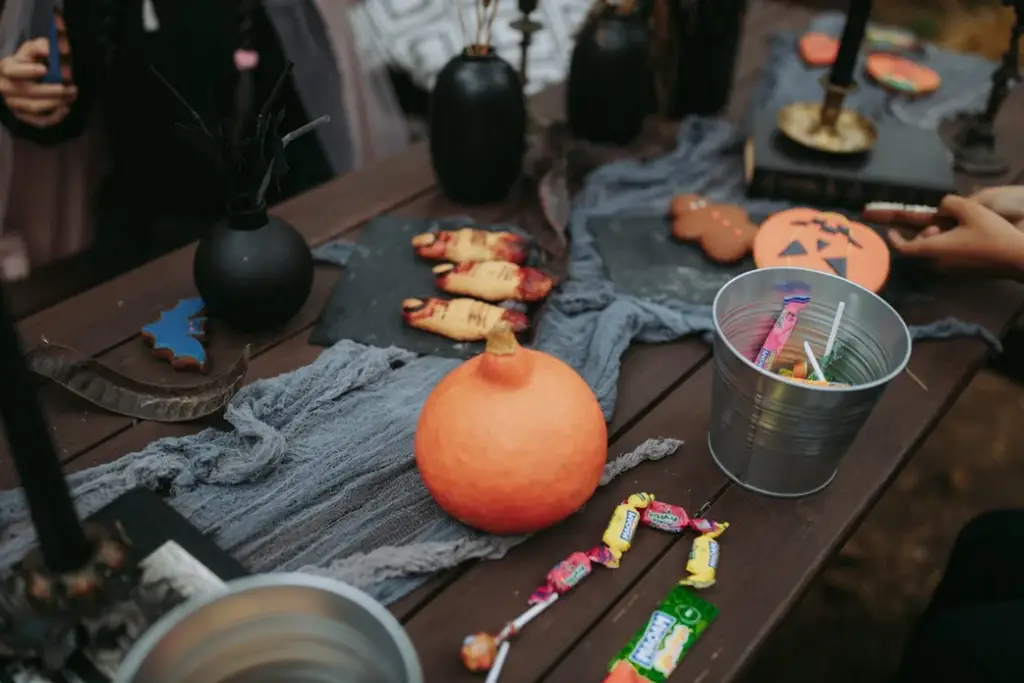
Every trick-or-treater knew which house gave out full-sized candy bars instead of the fun-sized miniatures or, worse, pennies or dental floss. This information passed from sibling to sibling and friend to friend as sacred Halloween intelligence, ensuring efficient route planning for maximum candy acquisition.
The “candy house” often belonged to older residents who enjoyed the annual parade of costumed visitors or to young couples without children who overcompensated with generous treats. Halloween strategy involved hitting this prime location at the optimal time—not so early that they might run out of the good stuff, but not so late that they’d closed up for the night. The neighbors’ reputation remained intact year-round, with children pointing out “that’s where they give the good candy” even in the middle of summer.
11. The Local Library Branch
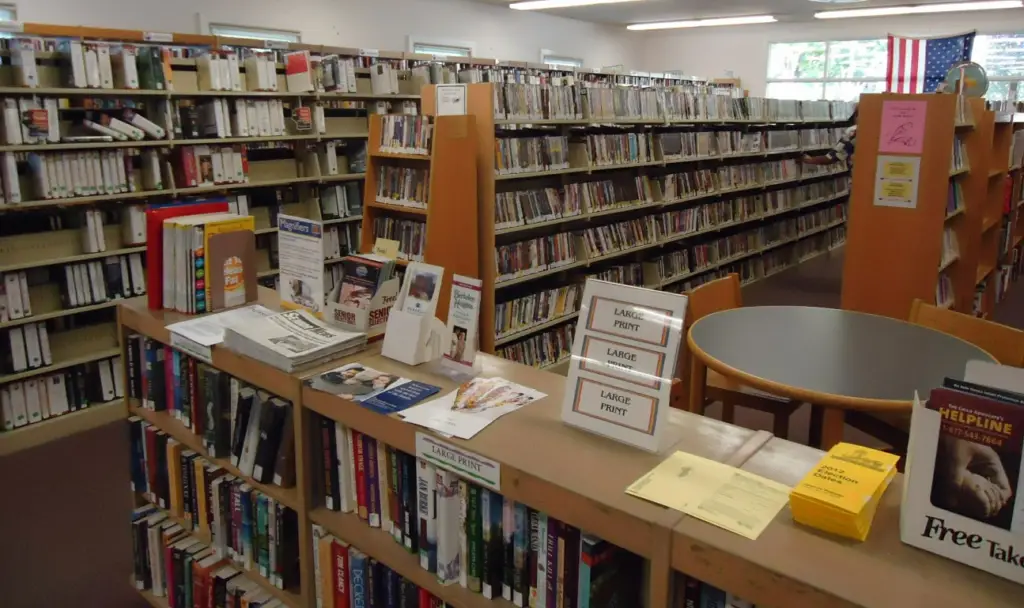
Before the internet answered every question instantaneously, the neighborhood library branch served as both information headquarters and air-conditioned sanctuary during summer months. The distinctive hush upon entering, broken only by the soft thump of date stamps and whispered conversations, created an atmosphere of reverent learning that many still associate with books.
The children’s librarian achieved near-mythical status in many young minds, seeming to possess supernatural knowledge of exactly which book would capture each child’s imagination. Summer reading programs with their prize incentives transformed reading from homework into competition, while the card catalog trained young minds in alphabetization and research skills. Many adults can still recall the particular smell of their childhood library—a mix of paper, binding glue, and furniture polish that remains the scent of adventure and possibility.
12. The Garage Band House
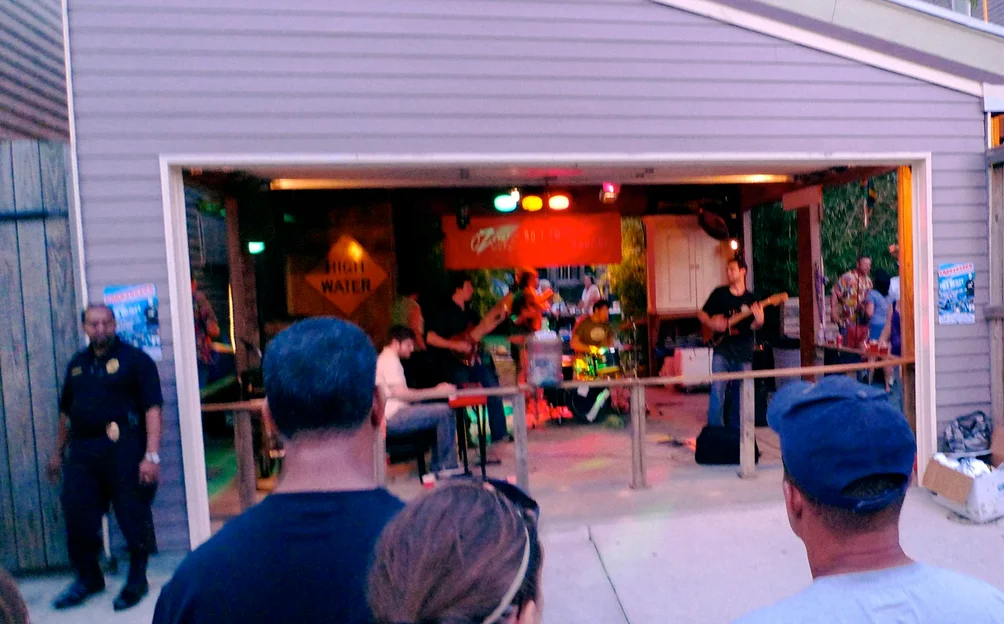
Every neighborhood endured (and secretly enjoyed) that one house where teenagers practiced their musical aspirations at questionable volume levels. The rhythmic drumming and guitar riffs escaping from garage or basement windows signaled both adolescent rebellion and artistic ambition, creating a soundtrack for suburban life.
Parents showed remarkable tolerance for these audio intrusions, perhaps remembering their own youthful dreams or simply appreciating that they knew exactly where their teenagers were. Younger kids often gathered outside to listen, imagining the day when they too might form bands with names like “The Basement Dwellers” or “Nuclear Garage.” For many baby boomers, these amateur neighborhood concerts provided their first live music experiences, complete with technical difficulties and the occasional parental request to “turn it down a notch.”
13. The Neighborhood Payphone
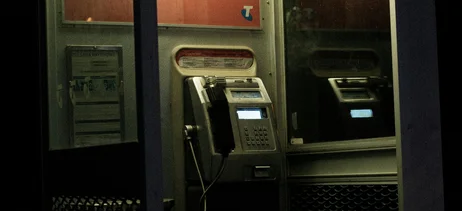
Before cellphones tethered everyone to constant communication, the neighborhood payphone booth served as emergency communication center, teenage social hub, and occasional shelter from sudden rain. Everyone knew its location—usually near the corner store or gas station—and kept a mental tally of how many blocks away it stood from any given point.
This telecommunications outpost witnessed countless adolescent conversations, from check-ins with worried parents to nervous date arrangements and whispered gossip sessions. A peculiar etiquette developed around its use, with unspoken time limits and the courtesy of stepping away when someone needed privacy for their call. The payphone’s jingly bell announcing incoming calls could trigger neighborhood-wide speculation about who might be receiving a public call and why, adding another layer to the community grapevine.
We didn’t realize then how these neighborhood fixtures were weaving themselves into the fabric of our memories, creating a shared experience across generations and geography. These landmarks didn’t just occupy physical space—they shaped our understanding of community, independence, and belonging in ways that digital equivalents can’t quite replicate. While neighborhoods have changed dramatically over the decades, these touchstones remain vivid in our collective memory, reminding us of a time when knowing your neighborhood meant knowing who you were and where you belonged.


